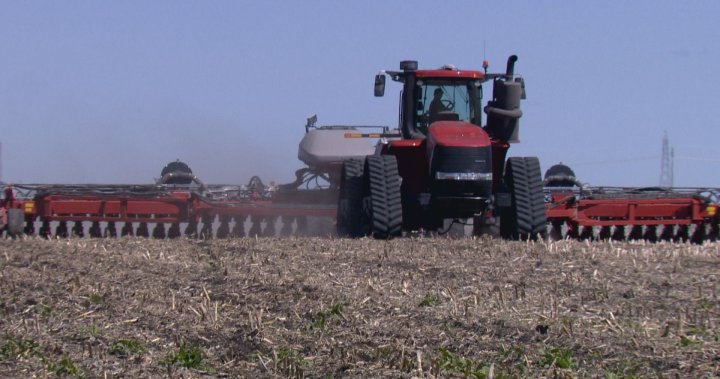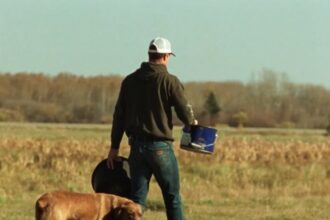Despite a spring marked by challenging weather patterns and lingering soil moisture concerns, Manitoba farmers have made impressive headway in the 2024 planting season, with provincial seeding progress now standing at 57%. This notable achievement comes as producers across the province capitalize on favorable weather windows to advance their operations ahead of critical growing deadlines.
The latest Manitoba Crop Report indicates that seeding rates vary significantly by region, with some areas approaching completion while others lag behind due to localized conditions. The southwest region leads the province with approximately 75% of intended acres now seeded, while the northwest region trails at roughly 35% completion.
“We’ve been working around the clock when conditions allow,” says Warren Giesbrecht, who farms 3,200 acres near Morden. “After last year’s drought challenges, we’re cautiously optimistic about moisture levels this season, but timing remains critical for establishing strong yield potential.”
Industry experts note that this year’s seeding pace tracks slightly ahead of the five-year average, providing a measure of relief for producers who entered the season with concerns about potential delays. The Manitoba Agricultural Services Corporation reports that crop insurance participation remains robust, with farmers seeking protection against the increasing volatility in weather patterns affecting the province.
Wheat and canola, Manitoba’s dominant field crops, represent the majority of acres planted thus far. However, provincial agronomists report increasing interest in alternative crops like soybeans and peas as farmers diversify their operations in response to market opportunities and sustainability goals.
“What we’re seeing is a calculated approach from producers,” explains Dr. Anastasia Chen, crop systems specialist with Manitoba Agriculture. “They’re balancing the need for timely seeding with soil conditions that must be appropriate for germination and early growth. Rushing into fields that are too wet can create more problems than it solves.”
The economic implications extend beyond farm gates. Agricultural input suppliers report strong seasonal sales, while equipment dealers note increased service activity as farmers maximize machine reliability during the compressed planting window. Rural communities throughout the province typically experience heightened economic activity during seeding season, a welcome boost following the quieter winter months.
Weather forecasts for the coming weeks suggest variable conditions across the province, with meteorologists predicting intermittent rainfall that could either benefit newly planted crops or further complicate operations in regions still working to complete seeding. According to Environment Canada data, precipitation levels remain below historical averages in many areas, prompting ongoing discussions about potential drought conditions as the growing season progresses.
“Modern farming requires incredible adaptability,” notes James Kowalchuk, president of the Manitoba Crop Alliance. “Producers are utilizing precision agriculture technologies, field-specific data, and improved forecasting to maximize efficiency during these critical planting windows.”
For Manitoba’s agricultural sector, which contributes approximately $12 billion annually to the provincial economy, the successful completion of seeding operations represents just the first hurdle in what promises to be another challenging production year. Market volatility, input costs, and weather uncertainty continue to test the resilience of the province’s farming community.
As tractors continue rolling across Manitoba’s fields, the question remains: will this promising start to the growing season translate into favorable harvest conditions, or will producers face yet another year of climate-related challenges that have become increasingly common in Canadian agriculture?

























